WHAT IS COMMERCIAL MILLWORK?
The term millwork is a widespread word in construction projects that deal with woodwork. Millwork is one of the oldest construction skills that most early contractors applied in house furnishing and decoration. Through centuries, it managed to undergo constant upgrades through the new ventures of woodworks. Today, it is still very effective and useful in home construction that includes floors, doors, wardrobes, kitchen, and chairs. Millwork is majorly the construction of wooden materials in a mill.
Woodwork seemed to be very resourceful to society and therefore is very common in all parts of the world. Introducing a new look to a building with captivating features involves new components of millwork such as commercial millwork, cabinetry, casework, and custom millworks. Millwork is a broad term since it requires different finishing of materials.
The woodwork involves typically specific types of wood as raw materials. These woods include mahogany, cedar, oak, poplar, fir, hickory, pine, and maple. Cedar is softwood that is suitable for all weather conditions. It is usually the type of wood needed for millworks that require furniture and building exteriors. Maple is a high-quality wood that is typically suitable for millworks that process flooring. It is ideal for flooring due to its remarkable strength. Achieving different finishing in millwork involves various woodwork skills such as wall paneling, crown molding, carpeting, window casing, base trims, and door frames. All these activities perform a different purpose in millworks.
TYPES OF MILLWORK
1. Commercial Millwork
Commercial millwork majorly focuses on making the market places in the society as comfortable as residential places. The millwork improved in business during industrialization when commercial millwork gave learning institutions and the corporate world a new face. Commercial millwork is the type of millwork that limits its operation in producing materials for commercial use such as hotels and restaurants, institutions, and stores. Typically, commercial millwork is the type of approach that woodwork specialists would consider when a client gives an order of products such as office desk, conference tables, and reception desks.
Commercial millwork can be broken down into stock millwork and architectural millwork.

STOCK MILLWORK
It is one of the millwork responsible for bulk production of building components that use in both commercial and residential areas. The stock millwork produces materials that can make a home depict the setup of a traditional house more excellently. The idea is to create a full set of products required for a particular purpose. For instance, in an office environment, the stock millwork is the best choice in coming up with all the necessary woodwork products that an office requires. Stock millwork is pocket-friendly and suitable for a low budget client. It is also very reliable since it is easy to find specialists majoring in that type of millwork.

ARCHITECTURAL MILLWORK
Some refer to architectural millwork as custom millwork. It is a very flexible form of millwork where the specialist gives more attention to the specifics of a particular order of a client. The millwork produces the products according to the dimensions mentioned by the client. If you wish to have a specific product produced in the way you imagined it, architectural millwork has the right tools for such kind of millwork. Architectural millwork is very precise because it involves advanced skills such as 3D drafting and rendering.
The high precision in architectural millwork is responsible for high-quality products associated with commercial millwork. Some of the services that architectural millwork involves in the finishing include decorative coating, graded lumber, and polishers. It is the type of millwork that you will most likely come across in wall paneling, cabinetry, office desks, custom solid surfaces, and the majorly inbuilt room elements. Architectural millwork results from woods such as mahogany and maple due to their beautiful looks
Architectural millwork is available both in the exterior and the interior face of the product. The exterior millwork makes the house looks quite appealing in the external areas. The interior millworks require more knowledge of the house about the plumbing and the lighting system of the house. Coming up with built-in compartments in a home, for instance, the kitchen is such a complicated process. The architectural works will come up with approved drawings before the actual installation process. There is also other information about the house that is useful for that purpose. They include framing and the flooring that are also crucial before actualizing the process. The craftsmanship in architectural millwork can also make a new product assume the nature of a traditional product of the same design.
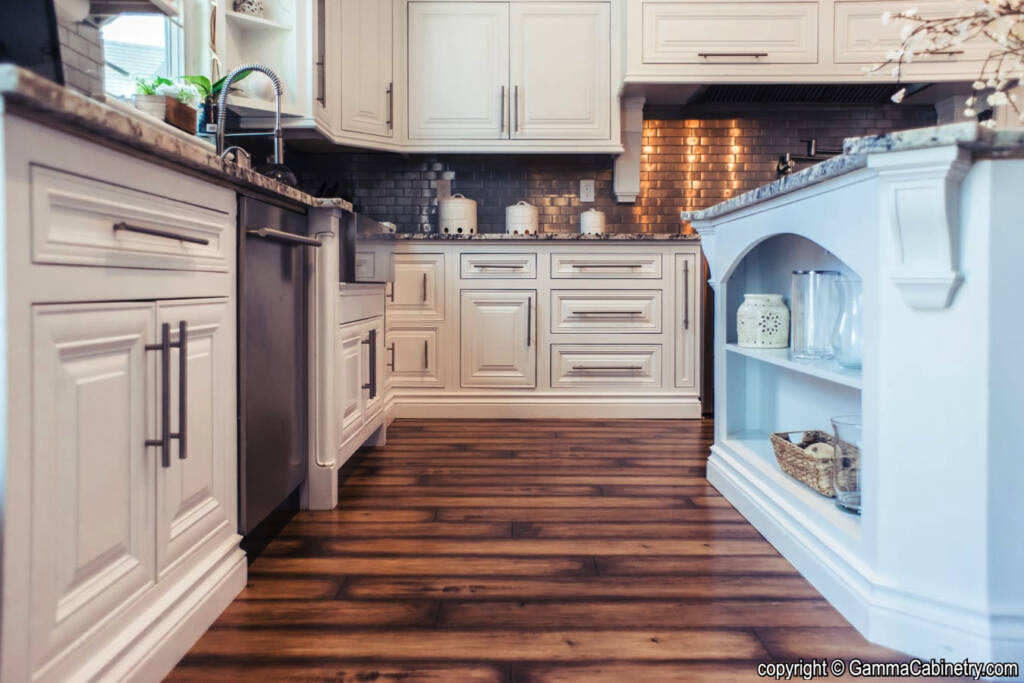
Sometimes when selling a house, the condition of the house might lower the value of the home. However, engineers have realized that employing architectural millwork in improving the state of the residence can boost its value. One of the recommended ways of enhancing the millwork in improving the condition of an old house is custom radius millwork. It is a type of architectural millwork that facelifts the appearance of the curved walls, circular windows, and kitchen counter corners and bending stairs. Custom radius millwork is very useful and produces a finishing that gives the curved areas a new look.
Another architectural millwork suitable for the house renovation is the in-house knife grinding technique. Sometimes introducing another design during repairs in the house is not a good idea due to the disagreement with the existing design. However, it does not mean that the worn-out places should not undergo the renovation process. Applying in-house knife grinding technique produces the best solution. It is a type of millwork that retains the design of the product during repair. It makes it possible by ensuring that the millwork design during renovation matches the existing design of the house. The method is only useful in areas that are having partial damages that might result from fire or water damages.
It does not make sense when, for instance, the upper part of a handrail that requires repair due to some damages gets a replacement with a new design of the bar. In-house knife grinding technique, on the other hand, will produce another handrail that has the same design with the damaged handrail for replacement. The method provides repairs that do not have any visible indication of repair on the part repaired.
Another type of architectural millwork is a complete service. It usually involves large projects that require different products. The millwork carried out entails the entire project, and it can be a project in a bungalow or commercial buildings.
There are various types of millwork that designers employ in their woodworks. The most common examples include:
- External millwork
- Internal millwork

EXTERNAL MILLWORK
Millworks that are focusing on adding more interests by improving the characteristic value of the exterior part of the product fall under external millworks. They include outdoor railing, pergolas, columns and posts, cupolas and weathervanes.
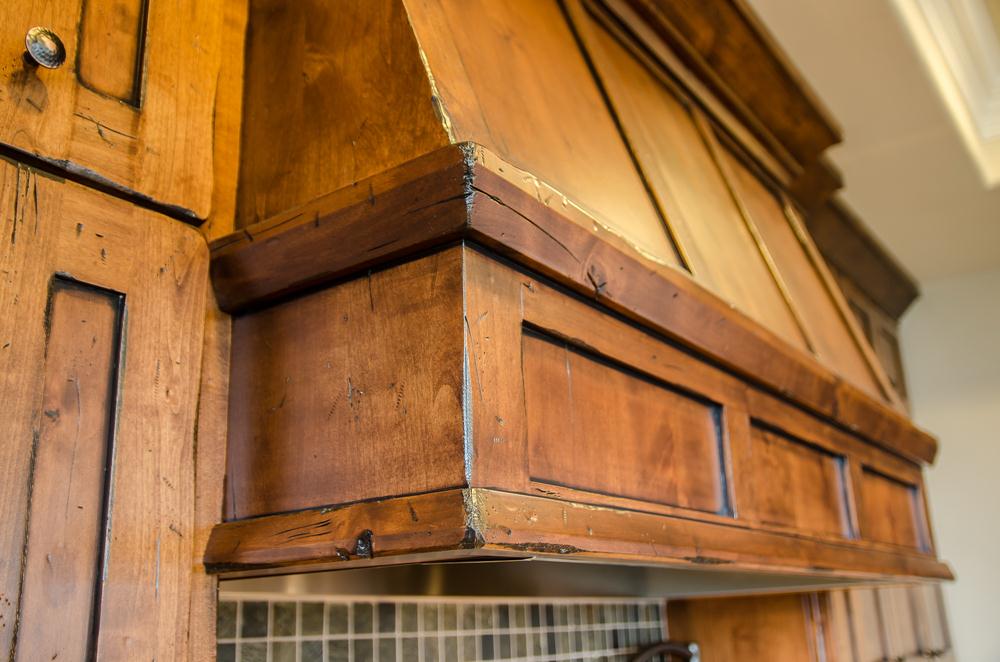
INTERIOR MILLWORK
They are the type of millwork that pays more attention in the interior parts of the product. The interior millwork is very resourceful when handling products that include stairs and railings, cabinets, doors, molding, and trims.
MILLWORK COMMON TERMS
Millwork is an extensive industry; therefore, it has specific terms that are useful in design production. These are the terms you are most likely to come across in the millwork industry.
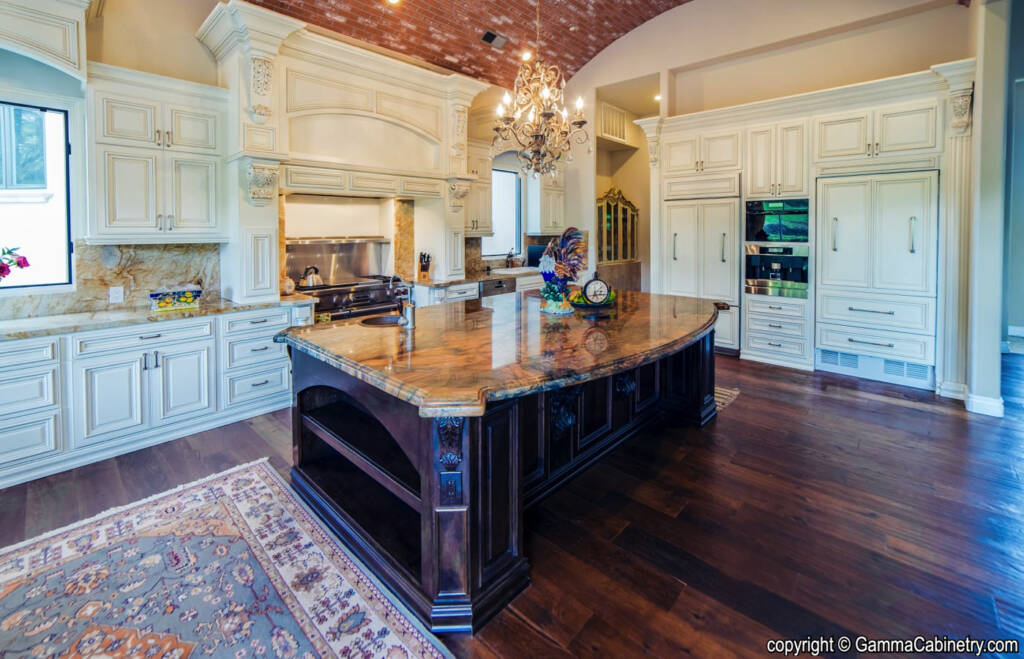
1. Custom millwork
It is the type of millwork carried out only to satisfy the desires of the owner of the product. The purpose of the millwork is to produce a unique product design for effective personalization by the owner. The characteristics of the model have fascinating features that enlighten the house with a new look.
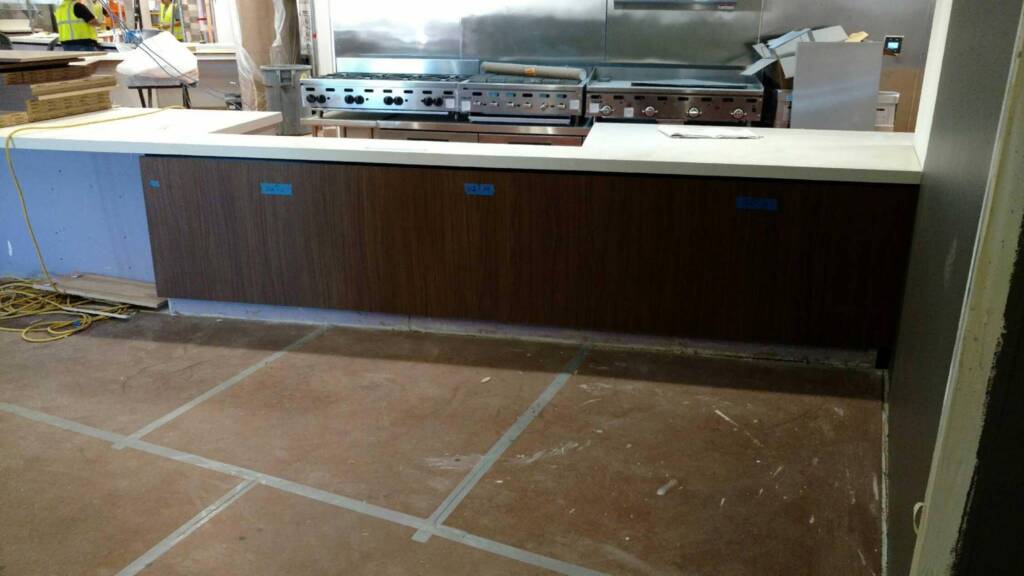
2. Casework
It usually involves stock products. The products are always ready for marketing and very affordable. Some of the products prepared in casework include cabinetry and shelving materials. The products are a result of standard measurements and precision dimensions.
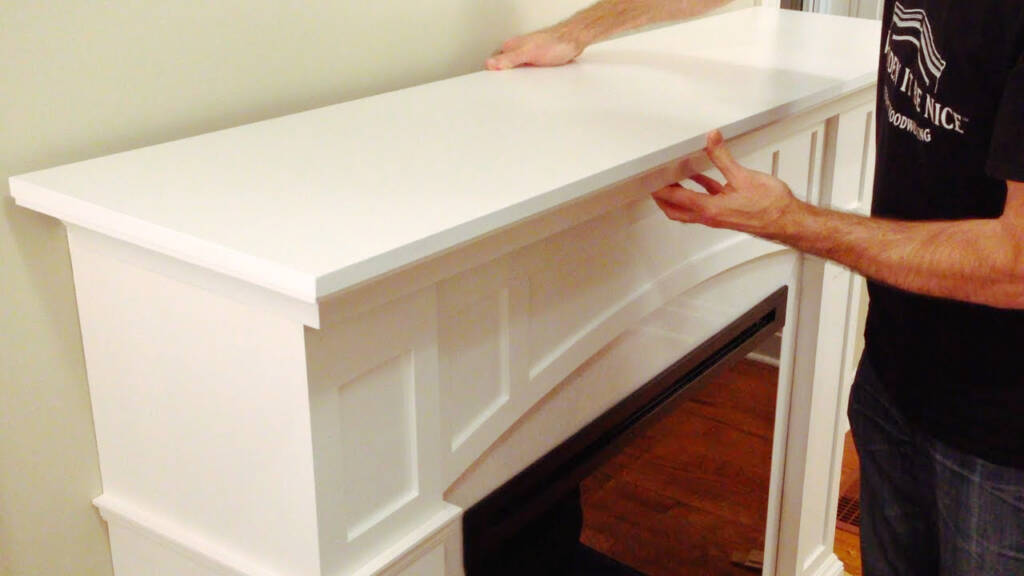
3. Mantel millwork
It is the type of millwork performed in effect to a suitable focal point. The process might occur on top of a doorway so as make a fireplace the most beautiful place for a family gathering. It gives the fireplace craftsmanship that is very distinct in the living room.
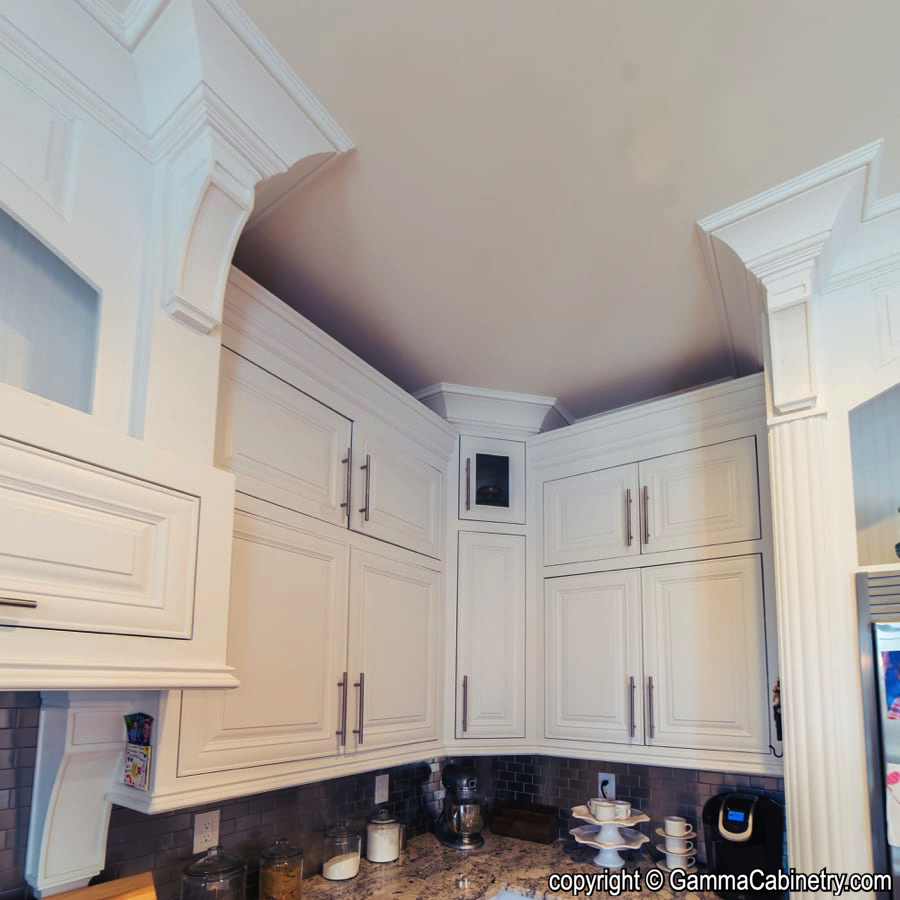
4. Crown molding
It is the type of millwork that ensures that the ceiling and the wall make a beautiful union without revealing the rough patches of the wall. The objective of the millwork is to hide the uneven edges of the wall so that the wall and the ceiling produce a smooth view.
HISTORY OF MILLWORK
Millwork is a woodwork practice that started a long time ago. Comparing wood to metal, it is evident that wood was readily available. Therefore wood became the most critical and easily affordable building material. The usefulness of timber led to the improvement of how one can exhaust using wood for different purposes. By the 19th century, most people knew millwork and were involving various methods of millwork in building and construction. In the wake of the 20th century, almost the whole world practiced millworks.
Art and crafts were in a different face of development during the colonial period, and the craftsmanship was getting attention in most parts of America. The last 100 years proved the several attempts of millwork to improve the interior face of buildings. The struggles mark the reference points the standard of millwork back in those days. Most of the current woodwork designs are but an improvement of someone’s idea a long time ago. For instance, the design of the fireplace is a case that started a long time ago. The craftsmanship may not be as flawless as the sophisticated one, but the idea is as old as time.
Some of the flaws in the old millworks result from the less effective machines and tools applied at that time. Architectural millwork machines during the 18th century had their power generated by steam or foot power. During the Victorian era, millwork became the most integral part of any building project. The millwork industry improved its tools, including the introduction of mechanical saws. The improved tools and machinery saw the market rise to another level.
It is still possible to find cornices, a project that existed a long time ago still used in window trims. The existence of such ideas is clear proof that it is possible to create products that resulted from old millwork processes. Producing such products will require the use of woods with specific characteristics. The wood has to be insect resistant, durable, and gas low moisture content. There are some millworks products produced in the 19th century that still exist. The secret of their survival lies in the type fasteners applied in the manufacture, the type of paint, and the design. Today millwork is still one of the industries used in creating the pieces of wood products that are very remarkable in residential and commercial areas.
The woodworks are still serving society today by acting as the best alternative to plastic products. Apart from being an alternative to plastic products, there are other benefits that one can enjoy when using millwork products.
BENEFITS OF CUSTOM MILLWORK
1. Craftsmanship
When you require professional craftsmanship, custom millwork has the best services that can satisfy your interests. Custom millwork involves a team of professionals that ensure the production of quality work.
2. Working with professionals
The experience you get from working with professionals does not leave you empty-handed. The insights you get from working with experienced individuals also elevate your knowledge in millworks. Professionals can help you find the most suitable solution for your design, and they will also engage you in the process.
3. Introduction of a unique space
Every building owner desires to come up with a unique design. Custom millwork focuses on inventive ideas that introduce a new model in the market.
4. Easily affordable
Using custom millwork in designing the kitchen is cheaper when compared to other methods. Wood is a natural resource. Therefore, it is readily available, which makes its products less costly.
In conclusion, millwork as a woodwork activity is still very useful in the digital age according to its purpose in society and its usefulness. The skill is original and fantastic. Millwork can greatly improve the aesthetics of any given space to suit the needs of the owner.

